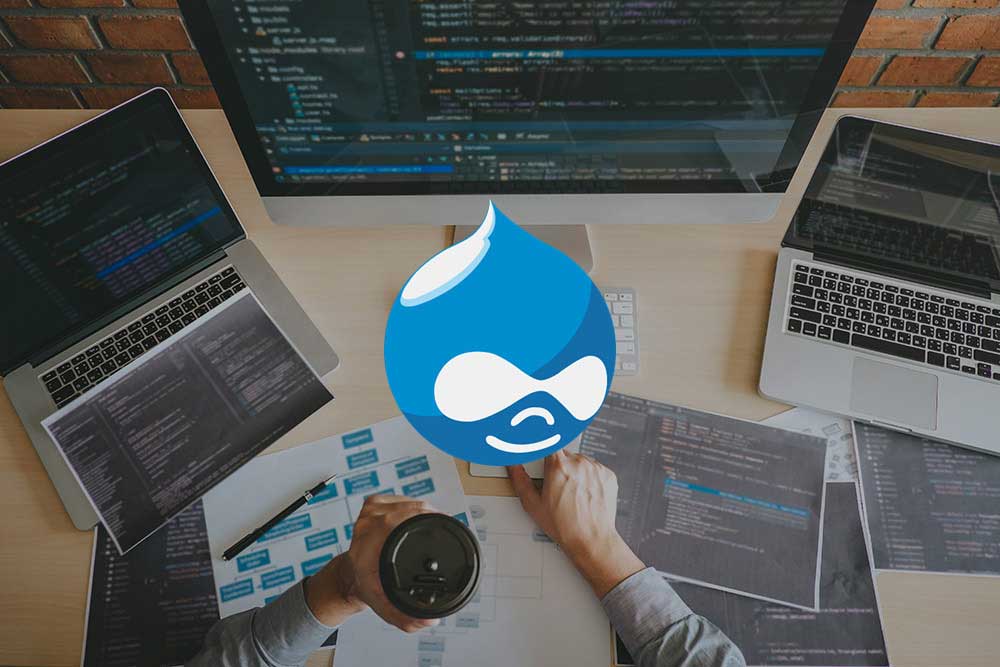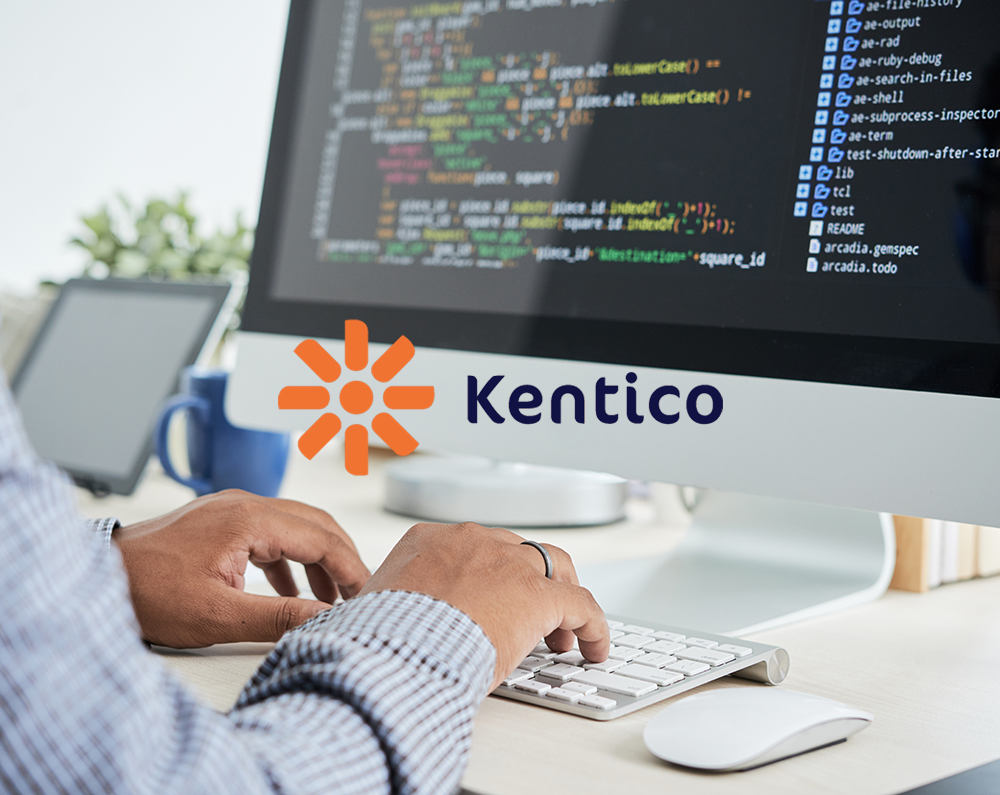
Mautic delivers the world’s best digital experience
Imagine if your website and eCommerce platform enabled end-to-end session trafficking across multiple properties and dynamic content.

#DrivingExpertLedTransformation
Enterprise Content Management Systems have long been a key focus area for businesses around the world. The need to create the simplest yet most powerful internet experience for customers has driven enterprises to invest significantly in platforms to manage every growing content ecosystem. Gartner predicts the ECM market will continue to grow at a staggering minimum rate of 8% year on year. For most businesses, the decision must be made to have a powerful enterprise CMS in place as soon as possible. Your choice is platform is one of the important decisions you will make.
In this post, we’ll take a look at the top 5 trends in the CMS market – omnichannel experience, headless CMS system, artificial intelligence, chat, and usage scenarios.
While the importance of the five areas above should not be underestimated in your decision-making process, total cost of ownership remains an important factor most organizations struggling with stressed IT budgets in the era of digital transformation.
Keeping these trends in mind, the final choice of CMS is yours depending on your own unique preferences and needs. If you need help in choosing the right CMS for your business, trust Korcomptenz as the ideal partner to realize your vision. Request a consultation today to learn how we can help you acquire more leads and convert more customers using the latest CMS features.

Imagine if your website and eCommerce platform enabled end-to-end session trafficking across multiple properties and dynamic content.

Drupal CMS is one of the world’s leading content management systems, powering best-in-class digital experiences, and allowing organizations to “make something amazing, for anyone.”

Kentico Xperience is a leading Content Management, Enterprise Marketing, and eCommerce Solution on Microsoft’s .NET platform
| Cookie | Duration | Description |
|---|---|---|
| cookielawinfo-checkbox-analytics | 11 months | This cookie is set by GDPR Cookie Consent plugin. The cookie is used to store the user consent for the cookies in the category "Analytics". |
| cookielawinfo-checkbox-functional | 11 months | The cookie is set by GDPR cookie consent to record the user consent for the cookies in the category "Functional". |
| cookielawinfo-checkbox-necessary | 11 months | This cookie is set by GDPR Cookie Consent plugin. The cookies is used to store the user consent for the cookies in the category "Necessary". |
| cookielawinfo-checkbox-others | 11 months | This cookie is set by GDPR Cookie Consent plugin. The cookie is used to store the user consent for the cookies in the category "Other. |
| cookielawinfo-checkbox-performance | 11 months | This cookie is set by GDPR Cookie Consent plugin. The cookie is used to store the user consent for the cookies in the category "Performance". |
| viewed_cookie_policy | 11 months | The cookie is set by the GDPR Cookie Consent plugin and is used to store whether or not user has consented to the use of cookies. It does not store any personal data. |